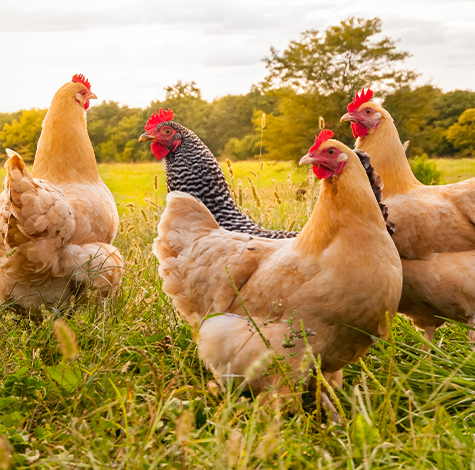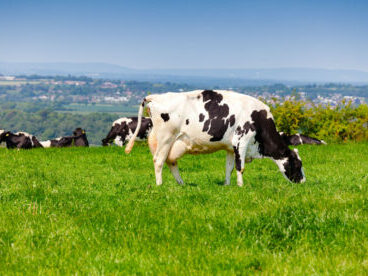Maximising production from silage will be a key objective this winter.
Look beyond headline figures to make most of silage
Maximising production from silage will be a key objective this winter, helping reduce the requirement for purchased feeds while also helping maintain better rumen health. Mark Townsend, UFAC UK South and South West Regional Sales Manager explains that the analysis now provides considerably more information which can help get the most from silage
Whenever I talk grass silage results with farmers and nutritionists, the conversation inevitably starts, and often stops, with the well-understood headline figures. We talk dry matter percent, D value, energy and protein content along with NDF content. While these figures tell us a lot about the forage cows will consume they don’t tell us much about how it will perform in the cow.
Now, however, we have access to a range of new parameters produced as part of the Trouw Nutrition NutriOpt Dairy system which will tell us a lot more about how the forage will be used by the cow and the implications for rumen health and performance. This will help us develop more effective diets.
Look closely at lactic acid
The analysis report shows the content of Lactic acid in the silage which is normally considered an indicator of fermentation quality. It can however also have a big impact on rumen performance. Lactic acid is an energy source to the cow and is also a very strong acid which can lead to increased risk of acidosis and ketosis. If you have silages with a high lactic acid content (above 70g/kgDM) and also high levels of rapidly fermentable carbohydrates (above 150g/kgDM) which produce lactic acid in the rumen and can increase the acidosis risk, you should consider feeding a buffer like UFAC Glyco-Buf which is formulated to help maintain optimum rumen health and fibre digestion, maintaining a rumen pH of 5.5-6.8. It also supplies glucose direct to the liver to drive up milk production.
If you have high lactic acid and low rapidly fermentable carbohydrates you need to add an energy source which will increase energy without creating an acidosis risk. Glycerene is a unique glycerol product developed to help optimise early lactation and transition performance by looking after the liver in particular. It reducing levels of BHBs and NEFAs in the blood, the by- products of inefficient fat utilisation and body fat mobilization and also reduces the risk of acidosis and SARA.
Watch ADL levels
The usual measures of fibre are NDF and ADF which are the digestible fractions and provide energy to the cow. ADL (Acid Detergent Lignin) is the total undigestible fraction of fibre which passes direct into the dung. The lower the ADL level the better. If ADL levels are high, typically above 25g/kgDM, then you have two options. You can either mix the high ADL forage with a more digestible forage and so reduce the overall ADL content. If however you can only feed one forage, it will be necessary to reduce the forage portion of the diet to increase overall diet digestibility and boost intakes.
Think amino acids, not total protein
When you feed protein, you are really feeding amino acids. Rationing based on amino acids is more precise and can potentially allow a saving in diet costs. Many silage analyses do not report on the levels of lysine and methionine, the key amino acids in silage. New rationing systems can now ration cows on the basis of amino acid requirements and supply too.
Animals will perform to the lowest available amino acid. Increasing the level of other amino acids rather than the limiting one will just push up protein content but with no response in terms of milk production so it is important to tailor protein sources in the diet.
If lysine is high while methionine is low then consider high methionine ingredients like prairie meal and rape. If however methionine is high and lysine in short supply, then soya will be a sensible choice. If overall protein is balanced for amino acids then feed a balance of protein sources.
The increased information available of the feeding value of forages has opened the door to more precise diet formulation which will help drive milk production while controlling costs.


 Back to News
Back to News 



